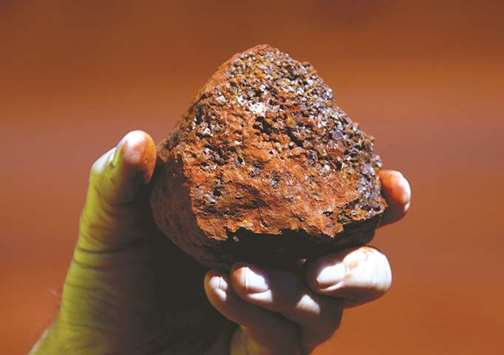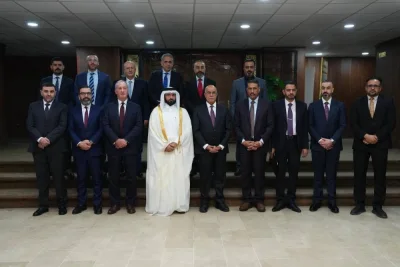Rio Tinto, the world’s second largest listed mining company, is exploring a public listing of its Iron Ore Company of Canada business, banking and industry sources said, as it focuses on boosting revenue from its flagship Australian assets.
Iron ore, which accounts for most of Rio’s profit and is used in making steel, has provided healthy margins for years but the outlook is uncertain as major buyer China is expected increasingly to rely on recycling rather than importing raw material.
Following a commodity price crash in 2015, Rio put a string of assets on the block, mostly in coal, to decrease its debt load.
In iron ore, its push to refocus has meant concentrating on Australia’s Pilbara region, where it has lower costs and higher grades.
IOC, 59% owned by the Anglo-Australian miner, 26% by Japan’s Mitsubishi Corp and 15% by Labrador Iron Ore Royalty Company, is one of Canada’s largest producers of iron ore.
It had revenues of $1.9bn in 2017. Rio had tried to sell its stake in IOC in 2012 as it already deemed it a non-core asset but it withdrew the process, saying the sale was not essential.
One banking source said that offers from private equity funds and rival miners had not met Rio’s target of between $3.5bn and $4bn back then. Rio was now considering an IPO of its stake on the Toronto Stock Exchange (TSX) as part of its ongoing work to hold only its best assets, but the process was at an early stage and it had not yet hired a financial adviser, the banking source added.
Rio Tinto and Mitsubishi declined to comment.
Labrador Iron Ore Royalty Company was not immediately available to comment.
Rio Tinto’s revenues are more dependent on iron ore than its rivals.
In 2017, iron ore made up more than 60% of Rio’s earnings.
The Pilbara region of Western Australia produces high quality iron ore that sells at a premium and Rio invested heavily in the region’s assets, installing driverless trains and maximising productivity.
It is also poised to expand there, having approved $146mn of funding to undertake initial work at the Koodaideri iron ore project, ahead of a final investment decision expected by the end of the year.
IOC produces iron ore pellets and concentrate from operations in Newfoundland and Labrador, and runs port facilities in Sept-Iles, Quebec, as well as a 418-kilometre railway that links the mine to the port.
A labour dispute earlier this year that resulted in a two-month suspension of operations was part of the reason for Rio reducing its underlying core profit by $137mn compared with the 2017 first half, Rio Tinto said when it reported half-year results last week.

A miner holds a lump of iron ore at a mine located in the Pilbara region of Western Australia. Iron ore, which accounts for most of Rio’s profit and is used in making steel, has provided healthy margins for years but the outlook is uncertain as major buyer China is expected to increasingly rely on recycling rather than importing raw material.


